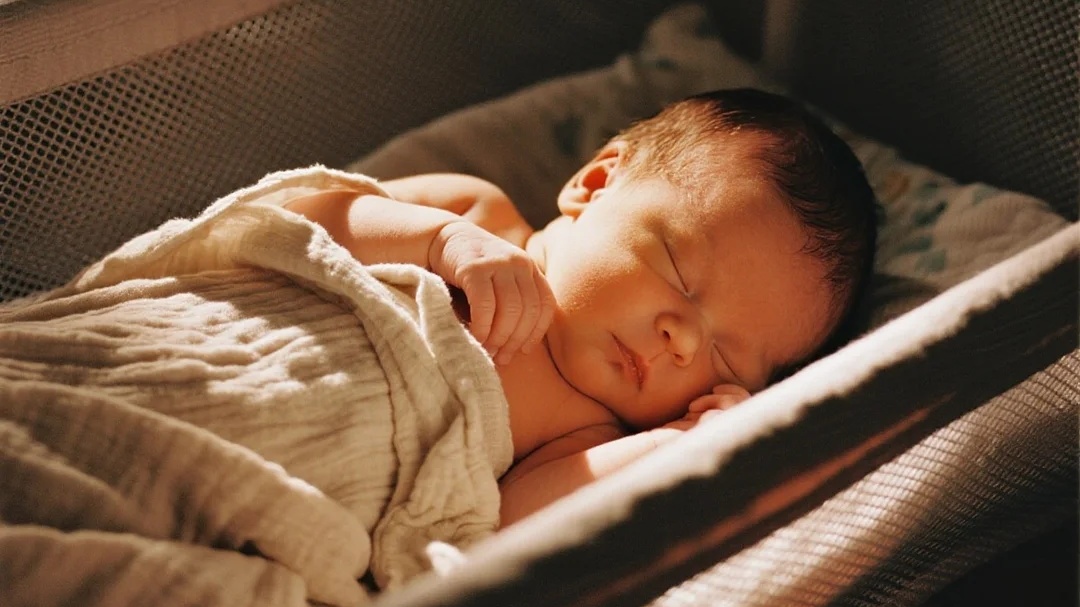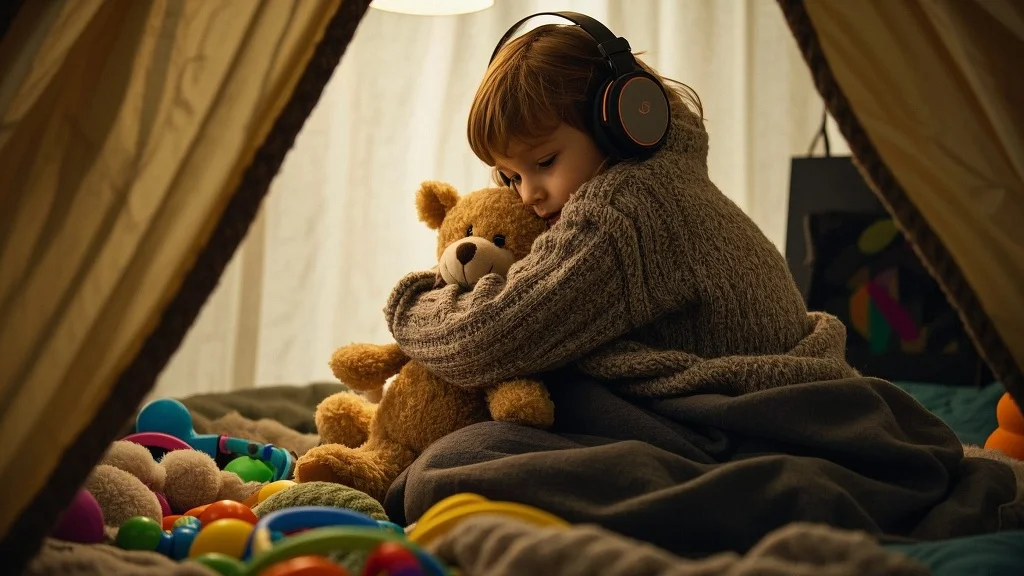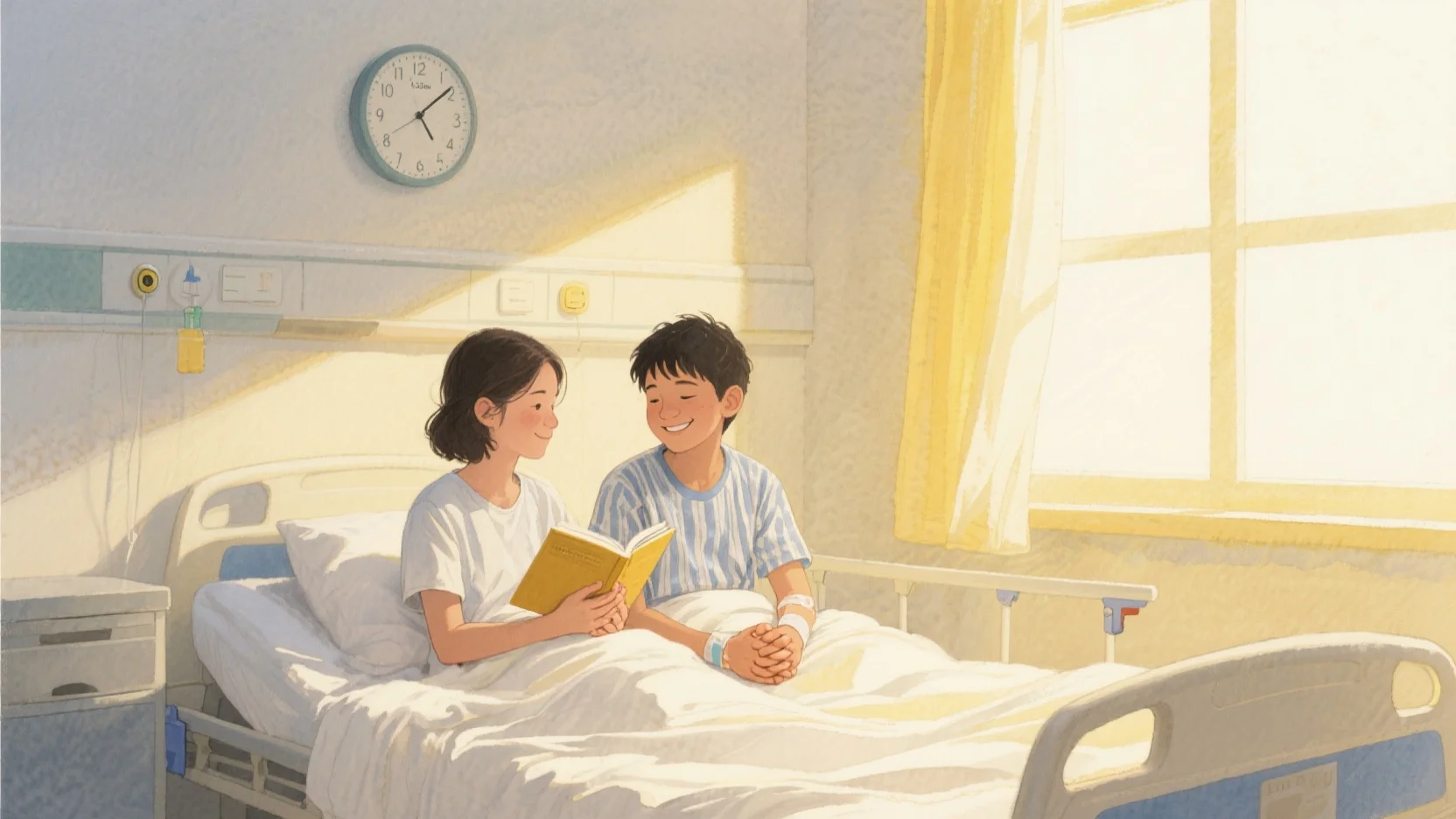It’s completely normal for newborns to cry when placed in their crib or bassinet. This isn’t “spoiled” behavior—it’s a natural survival instinct. Here’s why it happens and how to soothe your baby.
👶 Why Newborns Cry When Put Down
1. The Moro (Startle) Reflex
- What it is: An involuntary reflex all babies are born with that causes them to suddenly fling out their arms and legs when they feel like they’re falling.
- Why it happens: In the womb, babies are constantly held snugly. When placed on a flat surface, the sudden lack of containment can trigger this reflex.
- What you’ll see: Baby startles awake with wide eyes, arms jerk outward, followed by crying.
- Solution:
- Swaddle snugly (arms tucked in) to mimic the womb’s security
- Try transitional swaddles with one arm out as baby gets older
- Use weighted sleep sacks (for babies over 2 months)
2. Loss of Warmth & Comfort
- The science behind it: Newborns are used to constant warmth (98.6°F), rhythmic motion, and the sound of your heartbeat from being in utero.
- What happens when put down:
- Temperature drops when moving from your arms to cooler sheets
- Sudden stillness feels unnatural compared to constant womb movement
- Silence feels alarming without familiar whooshing sounds
- Solution:
- Warm the sleep surface first with a heating pad (remove before placing baby)
- Use a wearable baby carrier for smoother transitions
- Try a heartbeat sound machine or white noise
3. Overtired or Overstimulated
- The cycle:
- Missed sleep cues → baby becomes overtired → body produces cortisol → harder to settle
- Overstimulation from lights/noise → nervous system overload → crying when alone
- Signs baby is overtired:
- Red eyebrows/eyelids
- Yawning
- Rubbing eyes/face
- Glassy stare
- Solution:
- Watch for early sleep cues
- Create a consistent pre-sleep routine (swaddle, white noise, dim lights)
- Try the “5 S’s” (swaddle, side/stomach position, shush, swing, suck)
4. Physical Discomfort
- Common causes:
- Trapped gas (from swallowing air during feeding)
- Reflux/spit up when laid flat
- Wet/dirty diaper
- Temperature (too hot/cold)
- Solution:
- Always burp thoroughly after feeds
- Keep baby upright 20-30 minutes after eating if reflux is suspected
- Check diaper right before putting down
- Dress baby appropriately for room temp (68-72°F ideal)
**✅ How to Help Your Baby Stay Calm When Put Down**
Swaddling Techniques
| Type | Best For | Tips |
|---|---|---|
| Traditional swaddle | Newborns, strong Moro reflex | Use stretchy, breathable fabric |
| Arms-up swaddle | Babies who fight swaddles | Allows some hand-to-mouth access |
| Transition swaddle | 3-4 months+ | One arm out first, then both |
The Perfect Put-Down Method
- Wait for deep sleep signs (limp arms, regular breathing)
- Lower slowly – feet → bottom → back → head
- Keep hands on baby for 1-2 minutes after putting down
- Use the “elevator” technique – if eyes flutter, pause descent
Environmental Adjustments
- Temperature: Use a room thermometer (68-72°F ideal)
- Lighting: Install dimmers or use red night lights
- Sound: White noise at 50-60 decibels (like a shower)
- Smell: Sleep with baby’s sheet so it smells like you
🚫 Myths About “Spoiling” a Newborn
Myth 1: “You’ll create bad habits by holding them too much”
Reality: The first 3 months are often called the “fourth trimester” – babies need constant comfort as they adjust to the outside world. Studies show responsive parenting leads to:
✔ More independent toddlers
✔ Better emotional regulation
✔ Stronger parent-child bonds
Myth 2: “They’re manipulating you”
Reality: Newborns lack the cognitive ability for manipulation. Their cries are:
🔸 Reflexive (Moro reflex)
🔸 Physiological (hunger, discomfort)
🔸 Emotional (need for security)
Myth 3: “They need to learn to self-soothe”
Reality: True self-soothing develops around 4-6 months. Before that, babies rely on:
👉 External regulation (your calming)
👉 Co-regulation (learning from your nervous system)
**⏳ Developmental Timeline**
| Age | What Changes | Tips |
|---|---|---|
| 0-2 months | Strong Moro reflex, needs constant comfort | Focus on responsive care |
| 2-4 months | Reflex starts fading, more alert periods | Begin gentle routines |
| 4-6 months | Can start self-soothing, rolls over | Transition from swaddle |
| 6+ months | More independent sleep possible | Consistent bedtime routine |
💤 Pre-Sleep Checklist
✅ Physical Needs Met
- Fed (look for hands to mouth, rooting)
- Burped (listen for 2-3 good burps)
- Clean diaper (check for redness)
- Comfortable temperature (feel back of neck)
✅ Environment Prepared
- Dark room (blackout curtains)
- White noise on
- Swaddle/sleep sack ready
- Pacifier available (if using)
✅ Baby’s State
- Sleepy but awake (early cues caught)
- Calm breathing pattern
- Limp limbs (sign of relaxation)
**❤️ Final Thought**
Your baby’s cries when put down are normal biological responses, not manipulation. By understanding the science behind their needs and using gentle, responsive techniques, you’ll help them gradually:
🔹 Feel safe in their sleep space
🔹 Develop healthy sleep associations
🔹 Build trust in their environment
Remember: This phase is temporary. With patience and consistency, your baby will learn to sleep more independently when developmentally ready.








